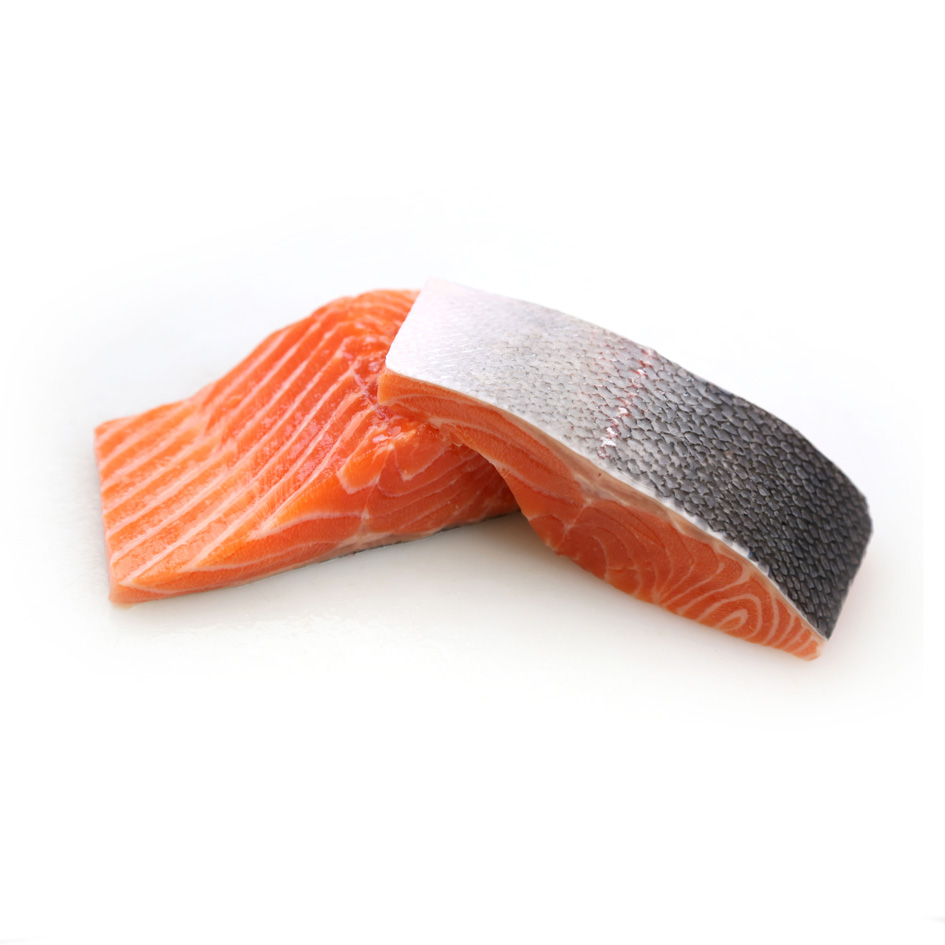Salmon is heavily loaded with nutrients rich fatty fish, which is one of the incredibly nutritious foods available on the planet. Besides its nutrient content, it also mitigates the risk of certain diseases. It’s quite versatile, widely available, and delectable as well. Salmon is packed with omega-3 fatty acids, vitamin B12, vitamin D, and selenium.
The omega-3 fatty acid is responsible to lower the depression level, improving brain health in babies, and dramatically reducing inflammation. It also tends to lower blood pressure and triglycerides. Unfortunately, this acid is not produced by our body, you need to fulfill its requirement from sources like eating frozen salmon fillets.
Health benefits of frozen salmon
There are countless advantages of including salmon in your diet. Salmon is very rich in containing omega-3 fatty acids, which facilitate numerous health benefits. It is also an excellent source of protein, and it also strengthens the immune system and other body systems.
The nutritional benefit of frozen salmon is the same as that of fresh salmon because no nutritional value is deteriorate due to freezing. The salmon, which is sold under the name fresh is often fresh-frozen, which means it is defrosted for the sake of a sale.
How to cook frozen salmon?
Initially, it is necessary to thaw the frozen salmon fillets before starting to cook. It is advised for bringing freshness, texture, and color to the recipe. Once the salmon is thawed, it can be prepared in numerous ways like- baking, grilling, or pan-searing.

